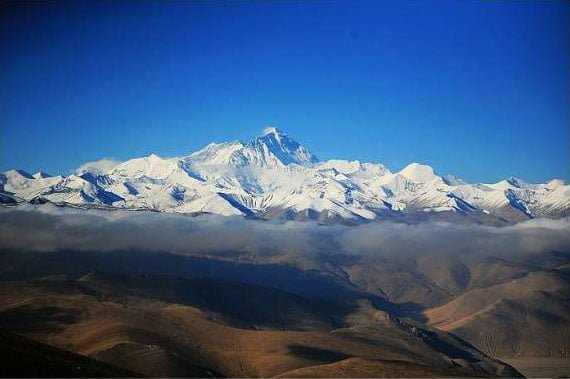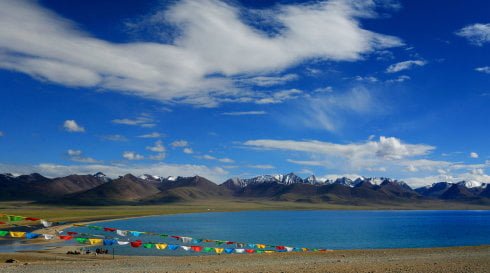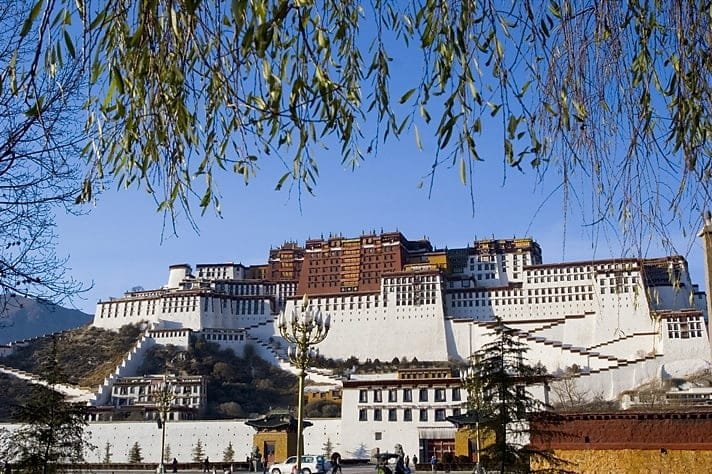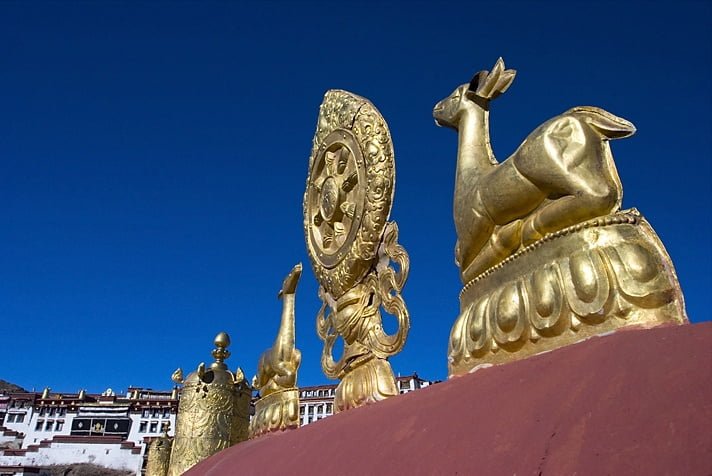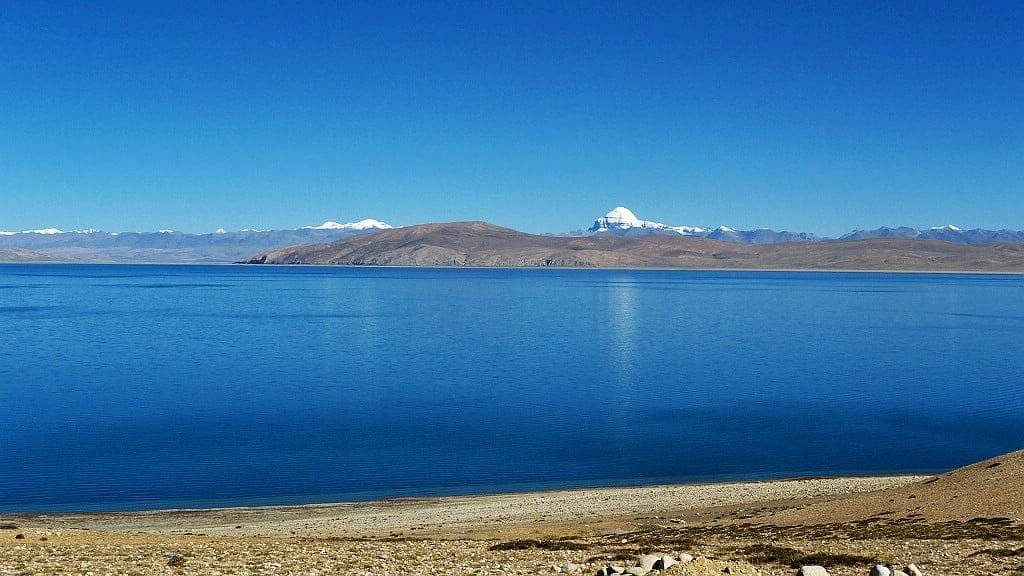Mount Everest and Base Camp
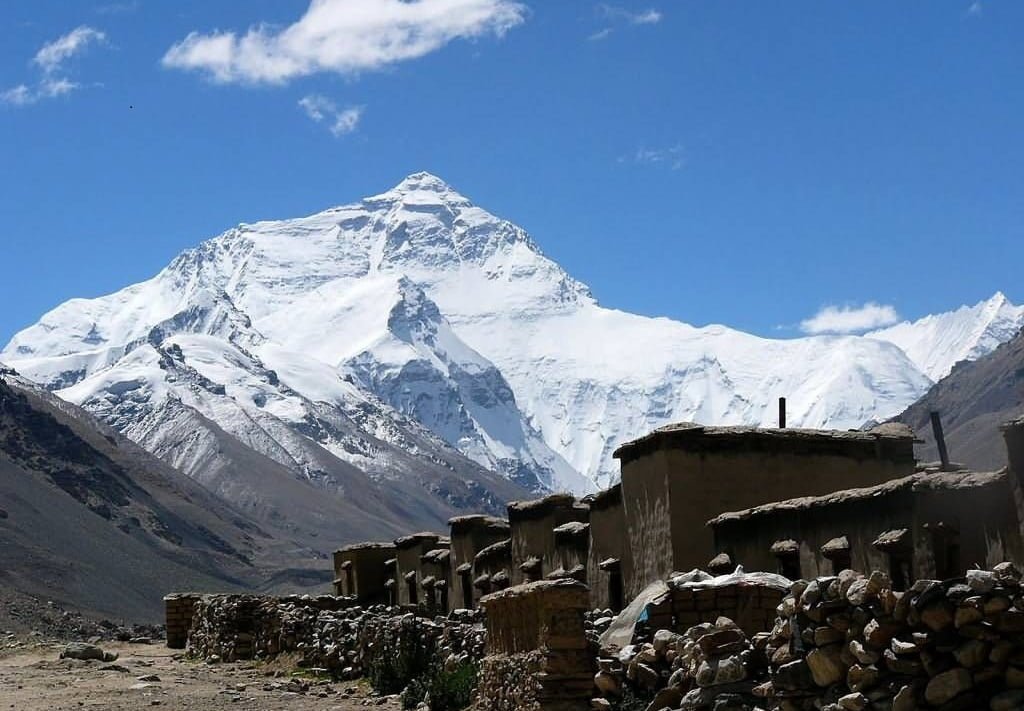
Mount Everest, the highest peak in the world, has captivated adventurers and mountaineers for centuries. Everest Base Camp (EBC), situated at an altitude of 5,364 meters (17,598 feet) on the south side in Nepal and 5,150 meters (16,896 feet) on the north side in Tibet, is a dream destination for trekkers and nature enthusiasts. The journey to EBC offers breathtaking landscapes, challenging terrains, and a profound sense of accomplishment.
The Journey to Everest Base Camp
The trek to Everest Base Camp on the north side typically begins in Lhasa, Tibet. From Lhasa, travelers embark on a scenic drive through the Tibetan Plateau, passing through historic towns and awe-inspiring landscapes. Key stops along the route include Gyantse, Shigatse, and Rongbuk Monastery, the highest monastery in the world, located near the base camp. To finally get to the base camp, travelers usually trek the 8km from Rongbuk Monastery.
The journey to EBC is not just about reaching the destination but also about experiencing the unique culture, hospitality, and spirituality of the Tibetan people. The route is dotted with monasteries, prayer flags, and stupas, offering a glimpse into the rich Buddhist heritage of the region.
Base Camp Experience
Reaching Everest Base Camp is an unforgettable experience. The camp offers panoramic views of Mount Everest and its surrounding peaks, providing a sense of the immense scale and majesty of the Himalayas. The north base camp is less crowded than its southern counterpart in Nepal, offering a more serene and contemplative environment.
At EBC, trekkers can visit the famous Rongbuk Monastery and interact with the monks, gaining insights into their spiritual practices and way of life. The monastery’s location, with Everest looming in the background, creates a powerful and awe-inspiring atmosphere.
Challenges and Precautions
Trekking to Everest Base Camp is a challenging endeavor that requires careful preparation and respect for the high-altitude environment. Here are some essential tips for a safe and enjoyable journey:
- Altitude Acclimatization:
- Acclimatization is crucial to prevent altitude sickness. Spend a few days in Lhasa or other high-altitude areas before starting the trek to allow your body to adjust.
- Physical Fitness:
- Ensure you are in good physical condition before attempting the trek. Regular exercise, especially cardio and endurance training, can help prepare you for the demanding terrain.
- Proper Gear:
- Pack appropriate gear, including warm clothing, sturdy hiking boots, and a good quality sleeping bag. Weather conditions can change rapidly, so be prepared for cold temperatures and strong winds.
- Hydration and Nutrition:
- Stay hydrated and maintain a balanced diet to keep your energy levels up. Avoid alcohol and caffeine, as they can exacerbate altitude sickness symptoms.
Everest Base Camp is more than just a destination; it is a journey of discovery and adventure. The trek offers a unique blend of natural beauty, cultural immersion, and personal challenge. By respecting the environment, preparing adequately, and embracing the spirit of adventure, trekkers can create lasting memories and experience the unparalleled beauty of the Roof of the World.
Ask a question!
Please feel free to let us know if you have any questions about planning a tour to Tibet. We’ll be happy to help!


